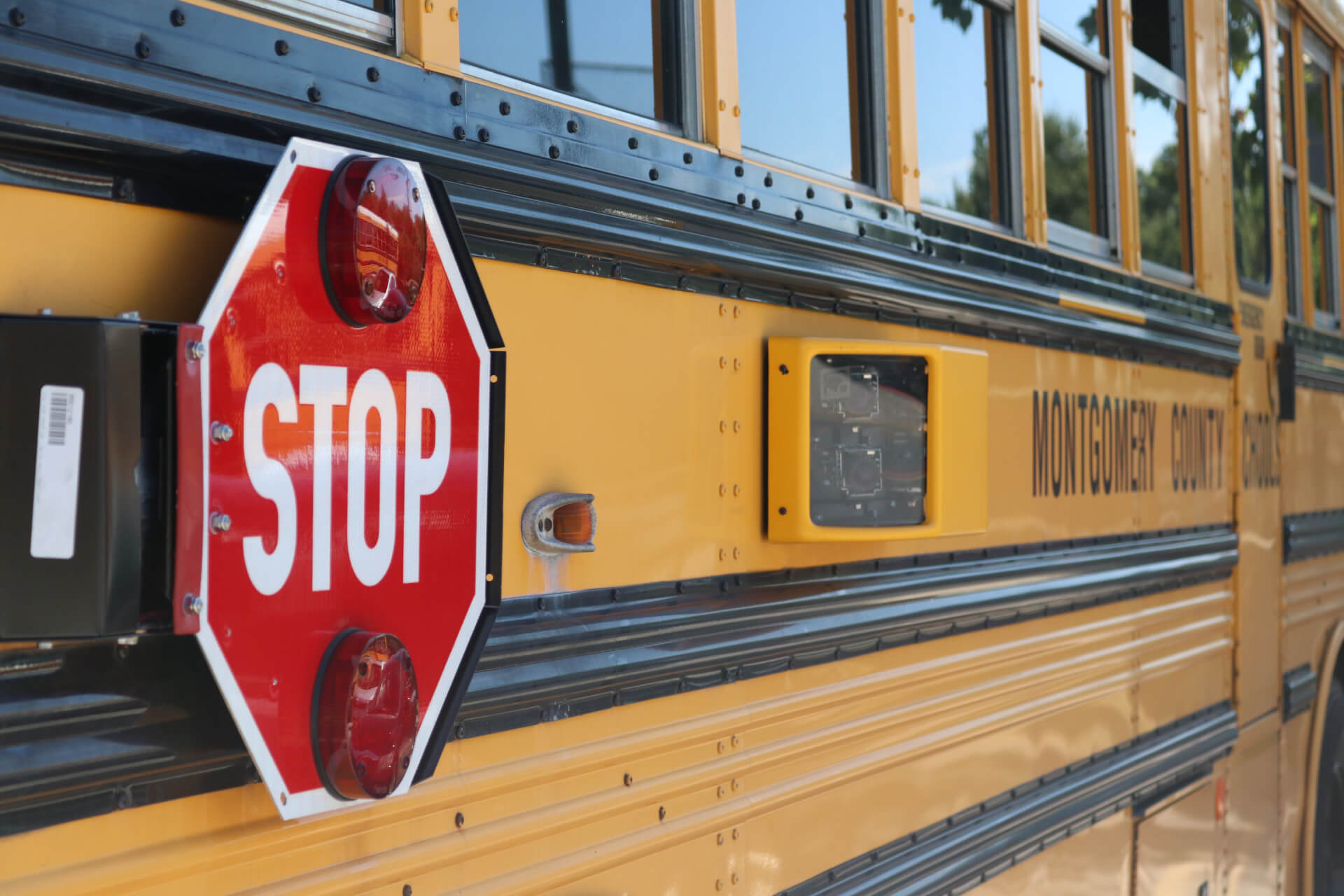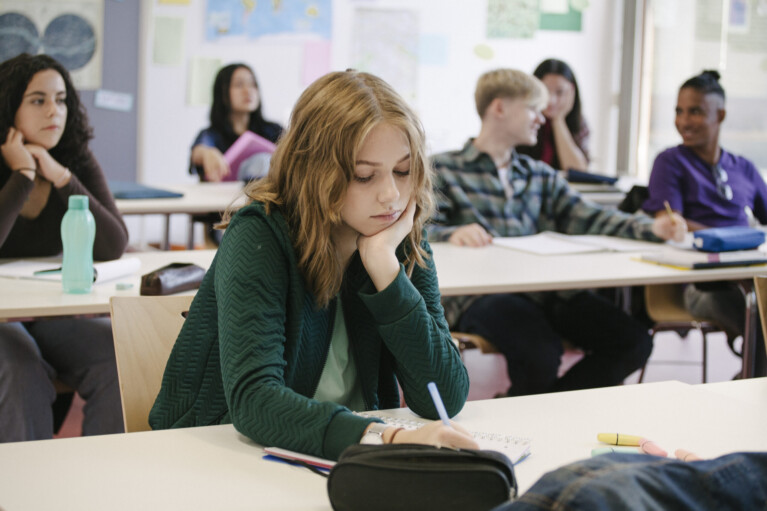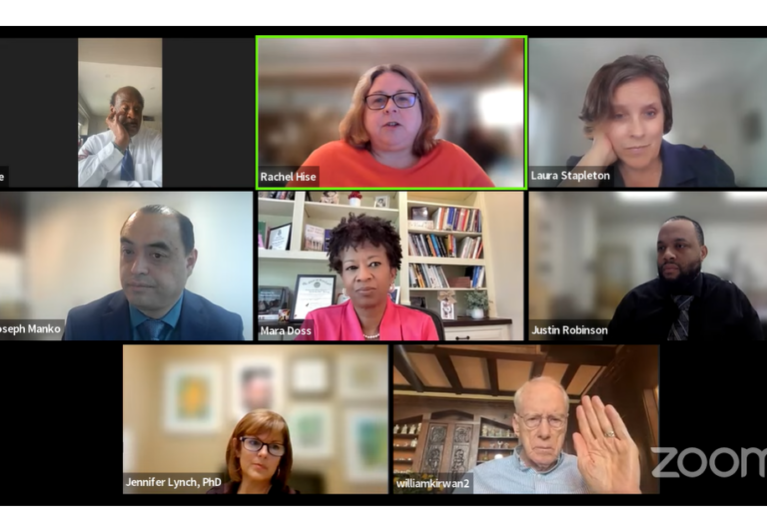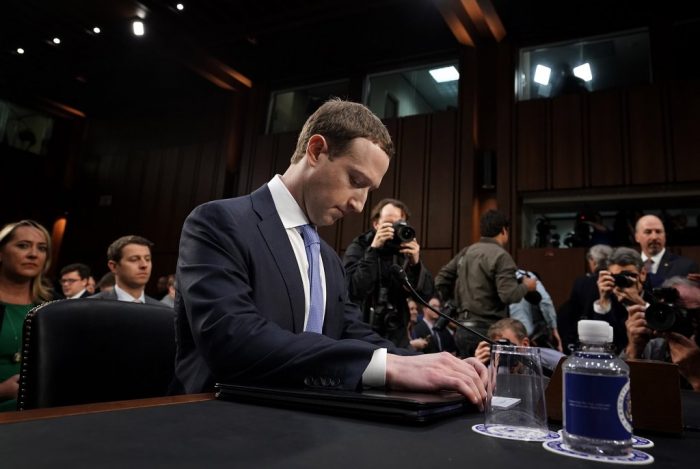Safety Procedures, Video Monitoring Increase in Md. Schools

By Teresa Johnson
Maryland’s public school systems are continuing to ramp up student safety plans — from bus cameras to active shooter drills.
Plans include continuing to install security cameras in the hallways and entryways of schools — including at the elementary level — and putting the most up-to-date school safety training into action.
“We’ve got a schedule to phase those cameras in over a period of time, and we are working with the contracts for installation to make sure we do it properly and correctly,” said Montgomery County Public Schools Chief Safety Officer Ed Clarke.
Clarke said that it’s taken Montgomery County a while to install security cameras in elementary schools because there was a higher likelihood of violence in middle and high schools. Nationwide, there has been a higher rate of shooting incidents within the upper-level grades.
“That doesn’t mean we shouldn’t be prepared at the elementary school level,” Clarke said.
In Maryland, there have been eight incidents of gunfire on school grounds in high schools and one in an elementary school since 2013, according to an Everytown for Gun Safety study.
At Great Mills High School in St. Mary’s County, in March 2018, a teen fatally shot one student, injured another and killed himself.
One month earlier, 17 students and staff had been fatally shot at Marjory Stoneman Douglas High School in Parkland, Fla. In 2012, at Sandy Hook Elementary School in Newton, Conn., a gunman killed 26 other people, 20 of them children.
A research project from the Center for Homeland Defense and Security said there have been 415 shooting incidents reported in schools nationwide since 2010.
Clarke said that “there are guidelines in federal law that show there are restrictions to who the footage can be shared with for specific reasons.”
Clarke said that in public safety emergencies caught on school security cameras, law enforcement can request footage from a school. The school may review and honor the request under the Family Educational Rights and Privacy Act, where a public safety exception is made out of immediate concern.
Law enforcement would need a subpoena for footage from less serious events, Clarke said.
Parents also have permission to view security footage if their child is involved.
“I think it’s a good tool for parents if students are involved in serious incidents, because the school has that video footage,” Clarke told Capital News Service.
Worcester County schools security chief Steve Price said all schools there have cameras, which are being reevaluated for location and number.
Price and Clarke said that security footage is not kept on file forever.
Clarke said that the deletion of video data comes down to the storage capacity and software issues associated with each camera system. He said that they have different retention periods, according to different manufacturers.
Price said that he’d like to have a security command post in his office where law enforcement could look at the cameras off school grounds, and in an emergency, from their vehicles.
Video recording is also happening on school buses.
A 2011 state law allows cameras on the outside of stopped school buses to record drivers passing illegally.
All counties do not have exterior school bus cameras, and more rural counties do not have enough violations to justify the need to purchase costly equipment, according to the Maryland State Department of Education.
Montgomery County has interior and exterior cameras on 100 percent of the county’s buses this school year, said Todd Watkins, the district’s school transportation director.
“We have ones for enforcement on the left side of the bus and we also have additional outside cameras that take continuous video surveillance footage on all sides of the bus,” Watkins said.
Worcester County schools and Howard County schools, for example, do not have any security cameras on the outside of their buses.
Howard County Public Schools Transportation Director David Ramsay said that the installation of cameras on the outside of their buses was under consideration for years and approved in June. Installation is underway, Ramsay said, solely to mitigate motorists passing stopped school buses.
The Maryland Center for School Safety does not have information on security cameras and referred questions to the state’s education department.
The Maryland State Department of Education said that there is no data set tracking the number of cameras in all school districts. Each district holds its own information on the number of exterior bus cameras.
Price said that bus drivers don’t have the ability to view the interior video, and the school system makes “parents aware every school year of these cameras and we are cautious about how the videos are viewed and used.”
Watkins said that bus camera footage deletes over a period of time after its hard drive is filled up, where the newest footage replaces the oldest.
The Maryland Safe to Learn Act of 2018 requires public school systems to update their school emergency plans to include how each school will address behavioral threats and emergency events.
This behavioral threat assessment was required to be put in place by Sept.1.
“Our school district will be training behavioral threat assessment teams in case a staff, school member or the school as a whole is faced with a threat from a person, or a community threat,” Clarke said.
Montgomery County Council of Parent-Teacher Associations President Lynne Harris, and the Maryland Parent-Teacher Association President-elect Marla Posey-Moss, said security cameras are an important safety measure, but improvements could be made.
Posey-Moss said that parents and students should be more involved in any decision made in the school about the technology, including data privacy, evidentiary use and who could view the images.
Posey-Moss said schools should consider sound input on security cameras, so if an incident occurs, more information may be shared with authorities.
Clarke said security cameras in schools don’t record audio and it’s not under consideration.
But internal school bus cameras have audio recording capability, Watkins said.
Maryland law states that a person must provide consent to recorded audio conversations when there’s an expectation of privacy.
That law doesn’t apply on school buses because there’s no expectation of privacy, Watkins said. “There’s signs on each bus that say they’re equipped with audio and video recording devices to make students aware.”
Unlike schools, where Watkins said cameras could have an overflow of incoherent audio from a distance, school buses are recording from much closer.Cameras aren’t just used for outsiders coming in — they are used to monitor student behavior.
Harris said that schools have security cameras in public spaces like hallways and entry and exit ways but refrain from obvious private locations like restrooms.
Montgomery County Public Schools has tried to do a more strategic analysis with their security camera placement in public, unmonitored spaces, like stairwells, Harris said.
“In middle and high schools, it’s about … the fact that some students are making bad choices and finding places in school to do what they shouldn’t be doing, like using illegal substances,” Harris said.
Linnette Attai, a K-12 privacy expert and founder of a global consulting firm, PlayWell LLC, said students may be used to cameras but questions what she sees as an acceptance toward technology rather than an expectation of privacy.
Attai said there needs to be thoughtful discussion about bringing technology into schools and how student data will be kept secure — part of complicated, new territory.
“If we look at the past five years, we’ve seen a rush of technology in schools for beneficial purposes, but schools are still catching up in terms of work they need to do and school infrastructure that schools need to put in place…we want these schools to be secure,” Attai said.
Beyond cameras, schools have built and are building security vestibules, which hold visitors in a lobby-like area for evaluation before they can be admitted into the school.
A teacher’s union representative says safety measures should go beyond cameras and locked doors.
It’s important to consider school programming beyond security measures, said Maryland State Education Association spokesman Adam Mendelson.
Mendelson said this includes “smaller class sizes so students have more individualized attention, more mental health staff in schools like counselors and psychologists, and adequate training and implementation of restorative practices programs.”
The Maryland Center for School Safety has a safety tip line for all grades in Maryland K-12 public schools, where students and faculty can report threats and other concerning behavior.
The center reported 451 incidents of general school complaints, bullying and drugs since last October, center Executive Director Kate Hession told Capital News Service in mid-September.
Currently, the recorded number of tips is too small for the center to release more detailed information, but by the end of the year they plan to share more figures.
The Maryland Safe To Learn Act of 2018 states that all public schools in Maryland must incorporate an active shooter drill into their annual schedule that is developmentally and age appropriate.
Maryland school systems require safety drills like fire drills, bus evacuation drills, lock down drills, evacuation, reversive evacuation — when students retreat into the school from outside activities — severe weather drills, shelter in place drills, and drop, cover, and hold drills, according to state guidelines. Schools in Maryland are anticipating an active shooter drill that will be required statewide after regulations are finalized.
“I’ve been in Maryland all my life and it was great to see the government and legislation come together to make schools safer,” Clarke said. “The No. 1 thing we can do is to engage all our students and staff in conversation… if you see something, say something, do something, but the best thing is to have a good relationship with our kids and that’s what will help us get through these crises.”




 Creative Commons Attribution
Creative Commons Attribution